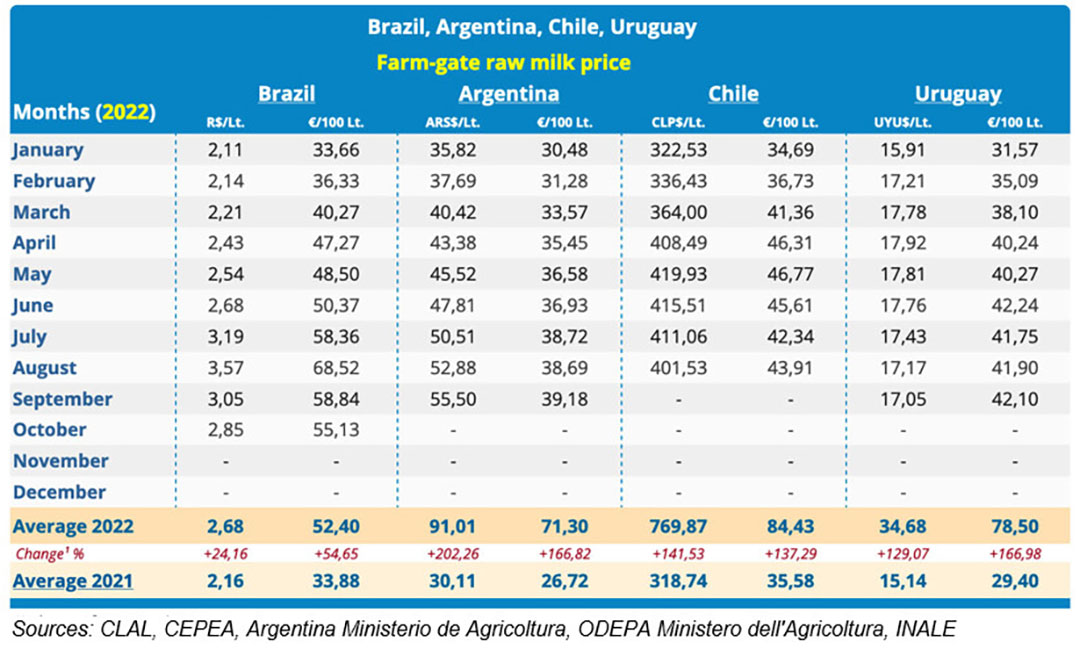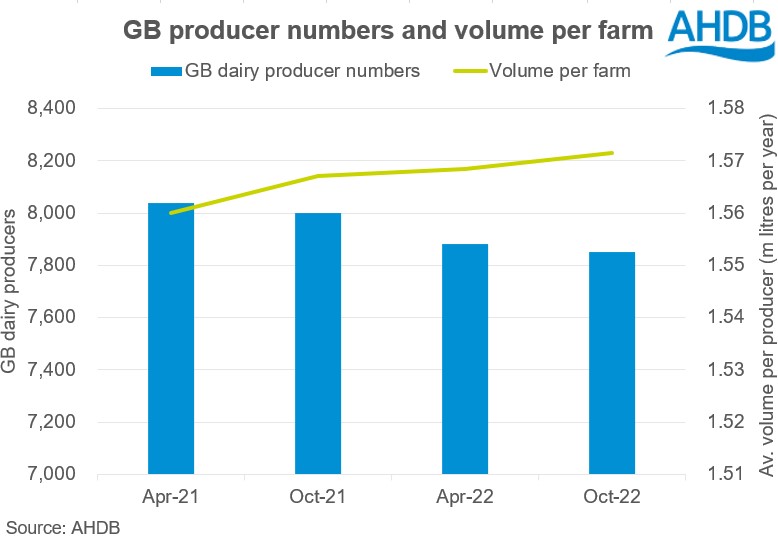Producers, processors, and exporters from the UK dairy industry met with the Department for International Trade to talk about how the industry can build on ambitious plans to double the value of British dairy exports over the next ten years.
Last year, dairy exporters sold goods worth £1.4 billion to markets all over the world. Kemi Badenoch, the trade secretary, said that the government was looking to make new trade deals and lower barriers to market access to help increase exports.
Badenoch told the delegates, “The UK is known for its high standards, care for the environment, and high-quality goods, and I am determined to keep us at the top of the world dairy market.” More trade and exports mean more jobs, higher wages, and a stronger economy.
Cheese business
Wyke Cheese, which is based in Somerset and recently announced it had gotten a £30 million loan from UK Export Finance and Barclays to help it keep growing internationally, is one company that gets help from the government. At the moment, the company sends out 6,000 tonnes of cheese.
Richard Clothier, the managing director of Wyke Farms, said that the help would help the company meet its growing export sales despite rising production costs. “By developing these new regions, we can increase sales of our more premium cheeses, which helps improve the milk price paid to South West farmers, which is good for the whole region,” he said.
On tens of thousands of hectares of land in the UK, dairy farmers are signing up in large numbers to commit to regenerative interventions. These interventions improve water, nutrient, and carbon cycling and make less use of outside inputs. Read more…
Tom Bradshaw, the vice president of the NFU, said that the sector was a success story, but that if it wanted to double its exports, the government and industry had to work together to make this happen.
“If the government puts in more money to support ongoing work on market development and to increase the number of agricultural attaches around the world, the industry can use this work to boost our dairy exports and help set a global standard for dairy products that are good for the environment and are sustainable.”
Michael Oakes, the chair of the NFU board, said that the Summit gave exporters, processors, and producers a chance to talk about some of the problems they face and find ways to speed up export growth.
“Over the past few years, we’ve built a great reputation for quality around the world. We already sell dairy products worth nearly £2 billion to more than 135 countries in Europe, North America, and the Middle East.
The Net Zero and Livestock report says that dairy farmers can reduce their carbon footprint and overall emissions by using both nutrition and management-based strategies. Read more…
“If the UK dairy sector wants to be a major player in global trade, find new emerging markets, and add value to the sector, now is the time to boost exports and take advantage of the huge support that great British dairy products already have around the world.”
Katherine Jack, a senior dairy analyst at AHDB, said that producers had mixed luck in the eight months leading up to the end of August. During this time, £1.2 billion was exported.
Jack said that exports of cheese were up 22%, milk and cream were up 9%, and whey products were up 10%. However, exports of yoghurt and buttermilk were down more than 20%, and powders and concentrates were also 14% lower.






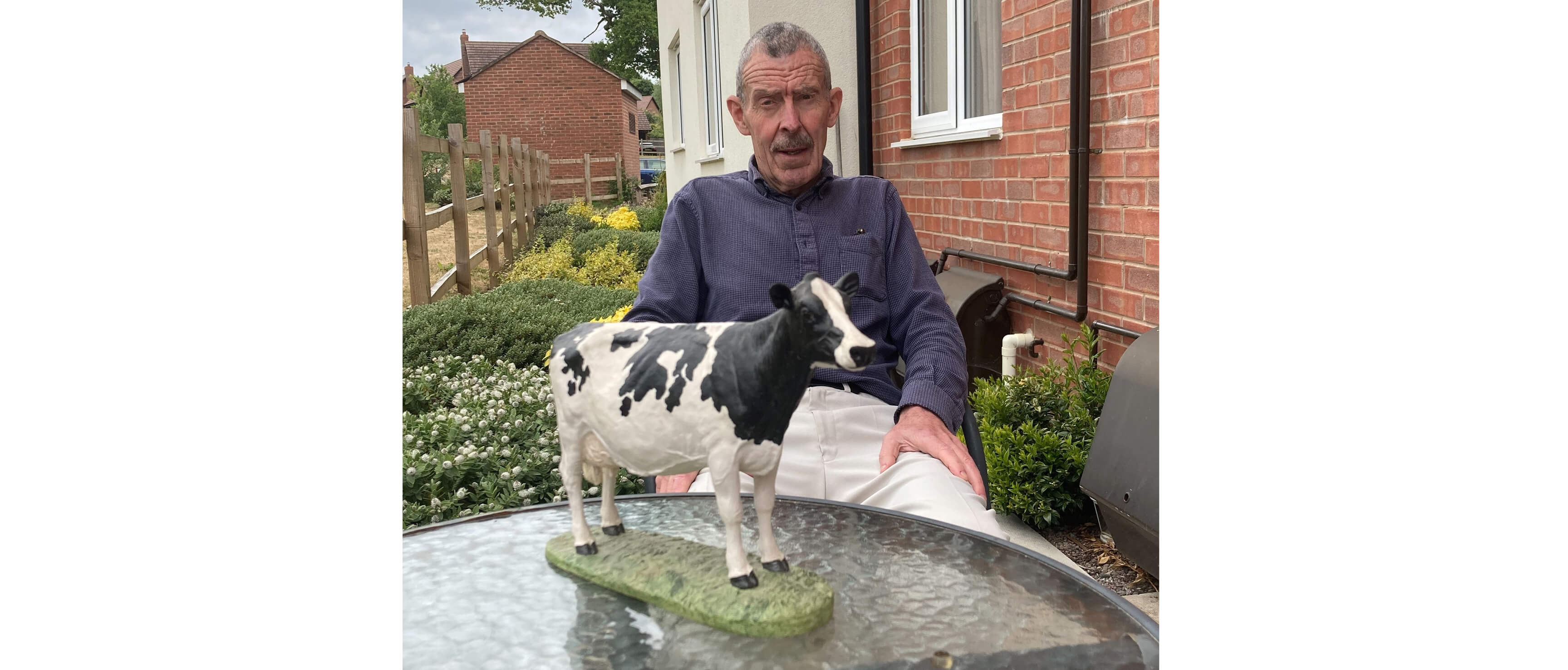 Presented by the Holstein UK Board of Trustees, the Lifetime Achievement Award recognises at least twenty years of dedication and service to the Holstein and/or British Friesian breeds. The award is presented annually to an individual who has made a remarkable contribution to the Society and provided outstanding service to the breed.
Presented by the Holstein UK Board of Trustees, the Lifetime Achievement Award recognises at least twenty years of dedication and service to the Holstein and/or British Friesian breeds. The award is presented annually to an individual who has made a remarkable contribution to the Society and provided outstanding service to the breed.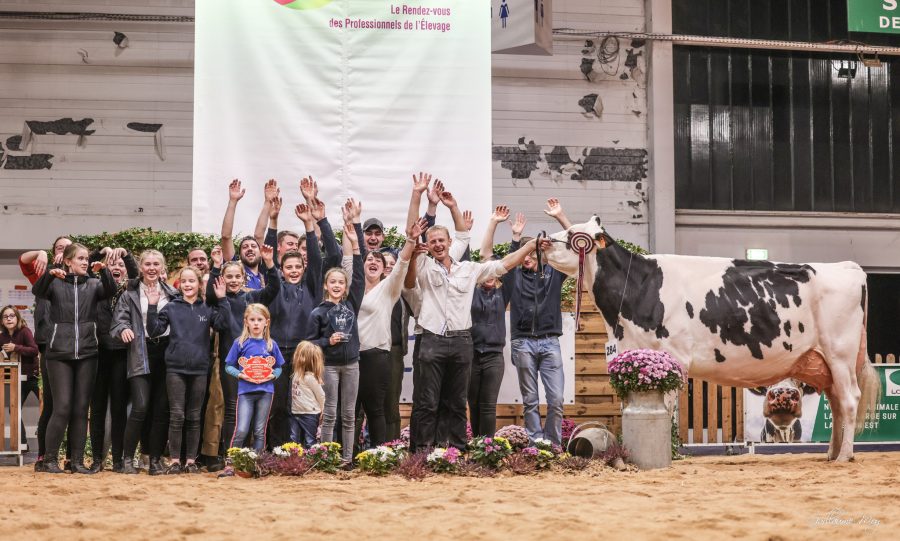


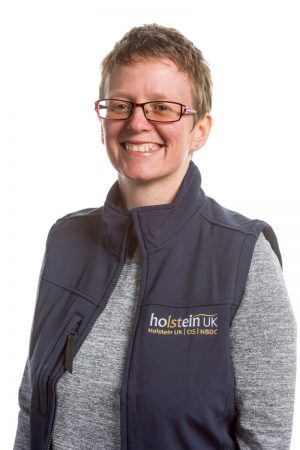 The Holstein UK Group is delighted to announce the appointment of Melanie Harmitt as the company’s new Chief Executive Officer.
The Holstein UK Group is delighted to announce the appointment of Melanie Harmitt as the company’s new Chief Executive Officer.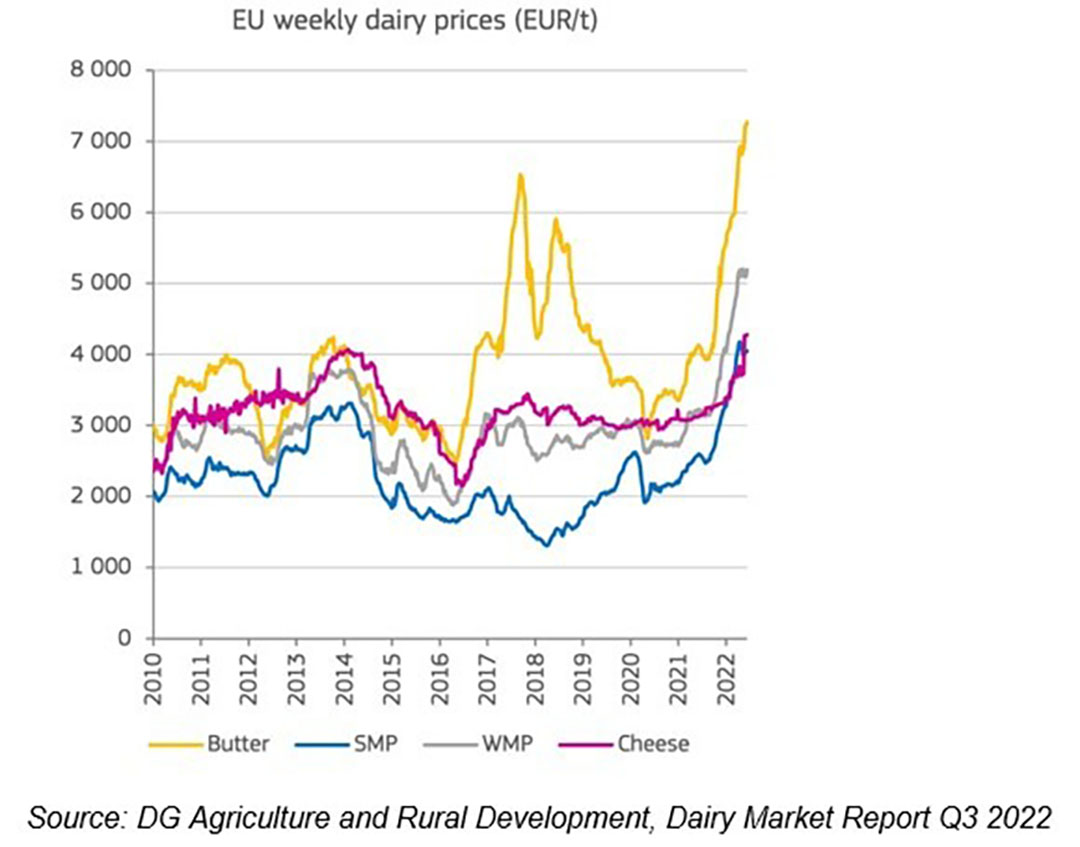 In the economy after Covid, inflation was already very high, and the war in Ukraine has made the pressures on farmers all over Europe even worse. France, Germany, Benelux, and southern Europe, which are some of the biggest producing areas in the EU, were hit the hardest, while Poland, Ireland, and Denmark were mostly unaffected.
In the economy after Covid, inflation was already very high, and the war in Ukraine has made the pressures on farmers all over Europe even worse. France, Germany, Benelux, and southern Europe, which are some of the biggest producing areas in the EU, were hit the hardest, while Poland, Ireland, and Denmark were mostly unaffected.